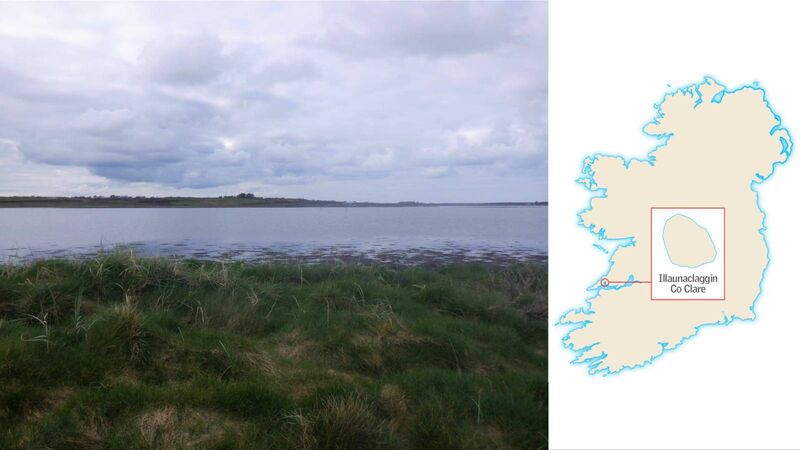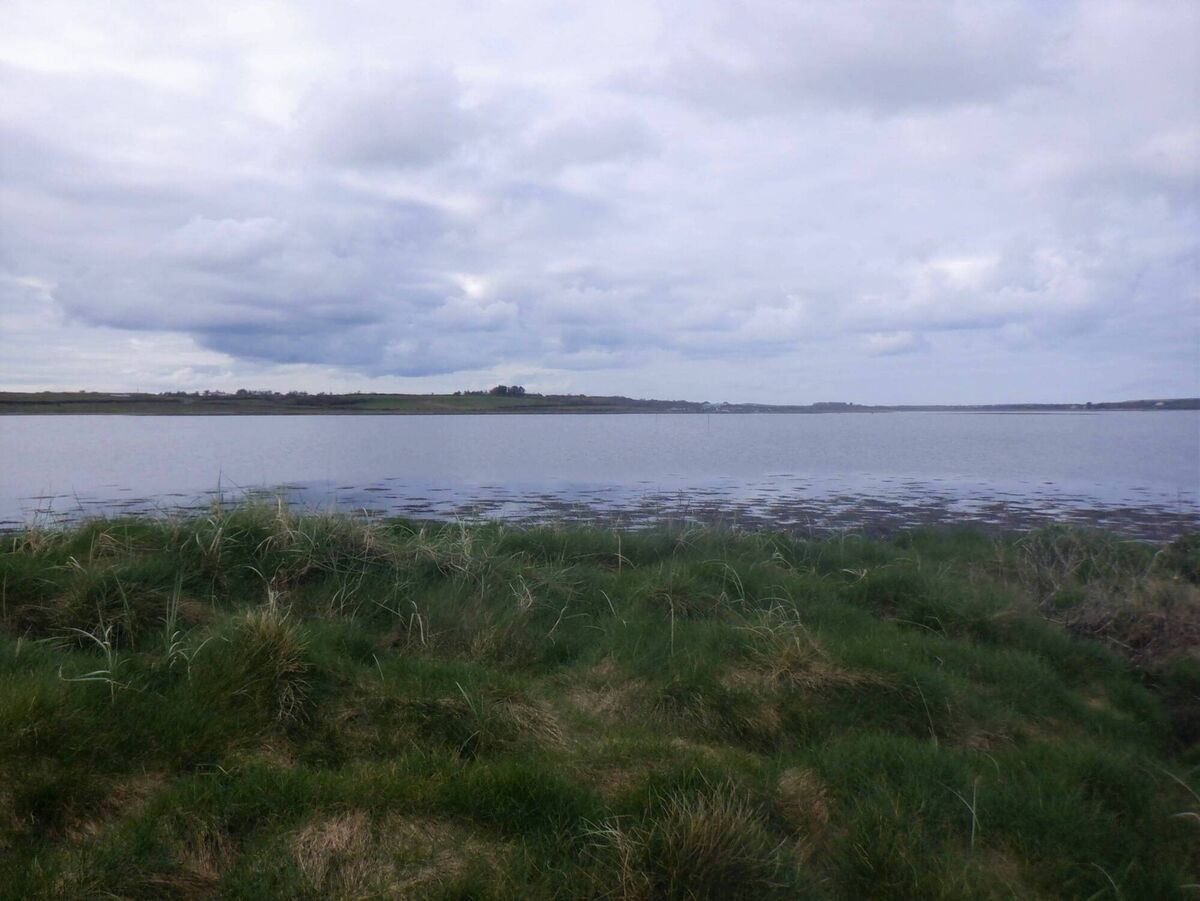Islands of Ireland: Are ye right there for a trip to Illaunaclaggin, are ye right?

Islands of Ireland: Illaunaclaggin, County Clare. Dan MacCarthy Outdoors
The Poulnasherry Bay area in County Clare is a place immortalised by the composer Percy French in his send-up of the West Clare Railway more than 100 years ago but there is much more to its appeal besides transportation history and the art of satire.
Of the quintet of islands in this lovely bay, Illaunaclaggin is the largest and is different to the others by sporting a thick mane of marram grass.
The bay is known for attracting many bird species including several waders — dunlin, bar-tailed godwit, black-tailed godwit, curlew, golden plover, and knot, all proliferate there. As well as the waders, there are plentiful representatives of duck, geese, and swan species including mallard, teal, Brent geese, and whooper swans to be seen at this time of year. The extensive mudflats provide a rich banquet of worms and insects and other marine life for the birds. Unsurprisingly, the bay is a special area of conservation.
When the Irish Examiner visited last week, several curlew were evident foraging on the mud banks. However, the stars of the show were the Brent geese which were at least as prevalent on Illaunaclaggin’s neighbouring islets as on Illaunaclaggin itself.
Illaunmore is a mere raised gravel strand but someone once saw fit to give it a name. Hence, a visit is called for. It is an elongated strip with just a few scraps of grass. And the less vegetation it possesses the more likely it is to break up eventually as the loose sand can be more easily eroded than it would be if it were bound by roots.

Black Island is also a raised strand and is about 50m distant. And the third of this trio, Illaunbeg, is about half the size of the other two. The fifth island, Illaunalea, can be walked to at low tide, or even mid-tide, but at high tide is cut off.
The Brent geese could be seen foraging along the shore of all three of these islands availing of their dietary choice, eel-grass. The birds (cadhan in Irish) cluster together in groups of fours or fives. The bird is initially difficult to detect against the monotone stony strand and dull water but their distinctive gobble gobble call, not a lot different from their relatives in a farmyard, gives them away. Birdwatch Ireland describes it as a guttural ‘rhut rhut’. It is described as “a small dark goose, with a black head, neck and breast, and dark-brown upperparts and pale underparts. Almost whitish flanks, and small white crescent on the upperparts of the neck visible at close range”.
Their expansive wings allow them move off rapidly, and come next month they will depart our shores for their breeding grounds in Canada and the tundra.
The mellifluous Poulnasherry is derived from Poll na nOisrí or Oyster Hole. Generations of locals have grown oysters there. There is an oyster plant on the western shores of the bay and tractor tracks can be seen leading from the factory to the islets where some mussel beds are situated. That is fine at low tide, but a number of workers had to be rescued by the lifeboat from one of the islands in the recent past when a tractor sank in the mud.
On the shores of Poulnasherry Bay are the remnants of the West Clare Railway where a steam locomotive and a heritage museum recall the glory days of the railway which was built to serve Ennis, Kilkee and Kilrush as well as smaller towns and villages in the 1890s. Though currently not open to the public it is to be hoped it will reopen again soon.
The West Clare Railway sued Percy French for defamation over his satire Are Ye Right There Michael which he penned on a train so late he missed his recital.
— Irish Legal News (@IrishLegalNews) February 6, 2019
French was admonished by the judge for turning up late. He replied "I took the West Clare Railway".
The case was thrown out pic.twitter.com/KFiHy54Uxa
County Roscommon, rather than County Clare, is the birthplace of the composer and musician Percy French, author of the famous ‘Are Ye Right There Michael’, which lampooned the West Clare Railway in 1902 for failing to deliver him in time for a recital.
- How to get there: Take N68 50km west of Ennis. Co Clare
- birdwatchireland.ie
- westclarerailway.ie








